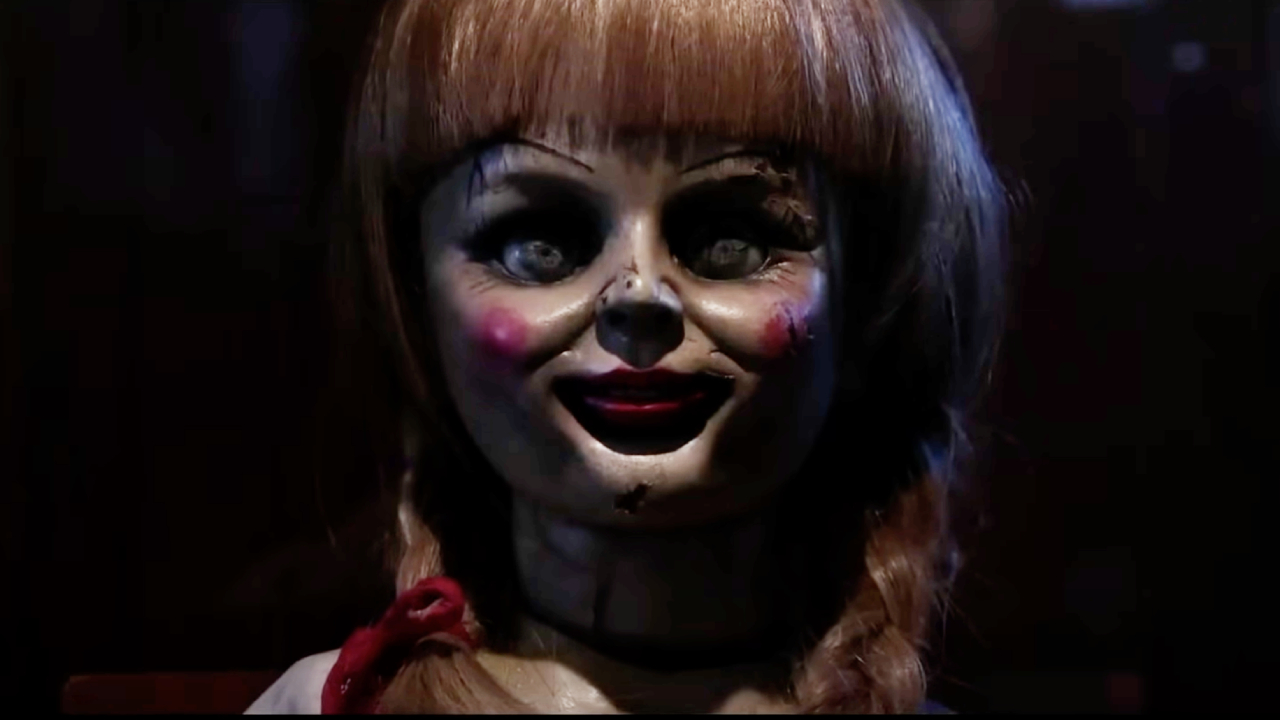How Interstellar Turned Christopher Nolan Into An Actual Corn Farmer
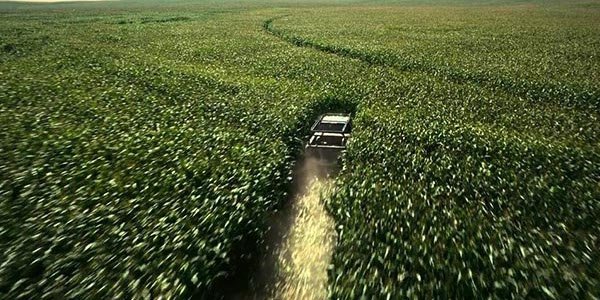
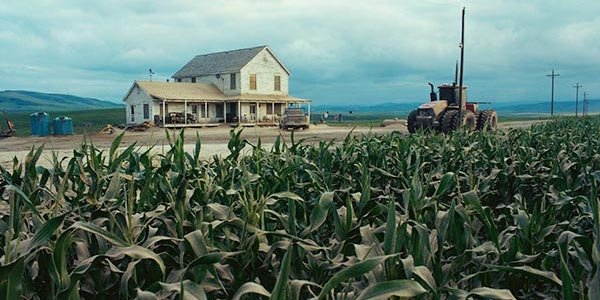
Christopher Nolan is one of the premier filmmakers of the 21st century. Nolan, along with his brother and collaborator, Jonathan, is complex and unique writer of modern masterpieces. As a director, Nolan’s films are visually stunning. Did you know that he also learned how to grow corn too?
It was something you may not have paid much conscious attention to in his 2014 hit Interstellar, but it was a crucial bit of filmmaking with a fascinating story behind it. Read on to learn how this happened.
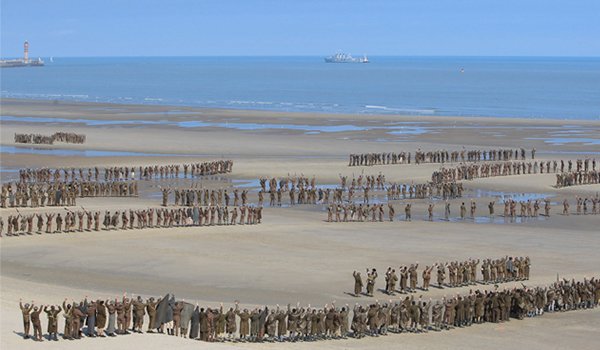
Christopher Nolan Has Always Taken On Big Challenges As A Filmmaker
Christopher Nolan’s breakout film, 2000’s Memento, was a surprise hit that bent time and followed a nonlinear narrative to tell the story of a man with short-term memory loss searching for his wife’s killer. For a budget of just $9 million, Nolan did amazing things. It established his style as a filmmaker that takes risks to make sure he gets the best possible shots, something that he would take to extremes in Interstellar. It also established his penitent for time-bending stories, like Inception.
In his Dark Knight Trilogy, Christopher Nolan created a completely original world that totally turned the often-told story of Batman on its head. He changed the way the world sees Batman, something that had not been done since Tim Burton’s Batman in 1989, which was also praised for its unique style. It’s not easy to take such a well-known story and create something completely original, but he did that beautifully.
His most recent film, 2017's Dunkirk, was an enormous undertaking in his quest to find a unique approach to the classic World War II film genre. From the thousands of extras on the beaches of France to the incredible dogfighting scenes in the planes above them to the enormous flotilla of every kind of boat imaginable coming to save the day, Dunkirk is a visual masterpiece. It is also a film with very minimal use of computer-generated imagery, the lack of which is something that has become a calling card of sort for Nolan in his films.
But how is he as a farmer? Specifically, a corn farmer? And WHY is he – or why WAS he – a corn farmer? Taking a peak behind the scenes of his 2014 hit Interstellar explains why he grew a huge field of corn, in a place that doesn’t usually support corn, and then sold the corn for an actual profit!
Christopher Nolan's Real Corn Is Better Than CGI Corn In Interstellar
In a film world where CGI is king, Christopher Nolan has become something of a traditionalist. Dunkirk is praised for its old-fashioned approach to filmmaking, using models and miniatures to create the special effects instead of relying on a computer to draw them in. Dunkirk was not the first time Nolan has dismissed the modern approach, nor was it the riskiest. Back in 2014, he and the other producers chose to grow a corn field to serve as the farm for Matthew McConaughey’s character, Joseph Cooper, in Interstellar.
Your Daily Blend of Entertainment News
Corn Is Crucial To The Plot Of Interstellar
If you don’t remember why the protagonist of Interstellar, Joseph Cooper, played by Matthew McConaughey was hurdling through a wormhole near Saturn in hopes of finding a new planet for humankind to colonize due to “The Blight.” The Blight was never fully explained, except that it started sometime before McConaughey’s character joined NASA. The blight had wiped out most of the plants on Earth, with corn and okra being the last two viable crops, and okra was on its last legs, according to Christopher Nolan’s script.
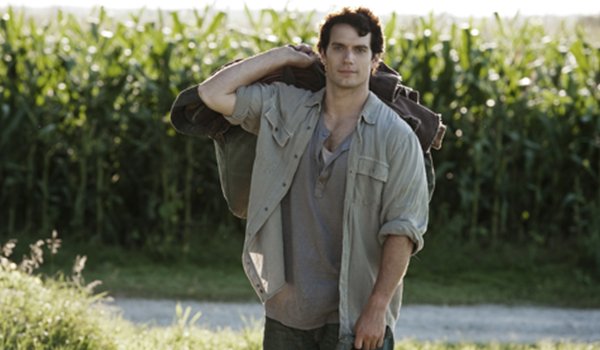
Christopher Nolan Was Not The First Filmmaker To Grow Corn
Zack Snyder did it for Man Of Steel, and in an interview with The Hollywood Reporter, Christopher Nolan revealed that he spoke with Snyder about it:
Luckily, [director] Zack [Snyder] had grown a bunch of corn, so I said, 'How much can you really grow practically?'
Sometimes two directors sharing notes with one another can lead to great things.
Interstellar’s Corn Wasn’t Easy To Grow
In the script for Interstellar, the setting for the farm was written as being surrounded by corn fields with mountains in the distance. There are not a lot of places in the world, apparently, that can have both. So the filmmakers were taking a $100K gamble to grow corn in Western Canada, outside Calgary, where the film was shot. To be honest, it doesn’t seem like THAT big of a risk. Interstellar was a film with a $165 million budget. The craft services were probably more than $100K.
The Corn Wasn’t Supposed To Last
But a risk it was, as they were told the corn would fail by most experts. Christopher Nolan probably didn’t care if it failed in the long run. Obviously for him, the only important thing was how it looked on the screen. It’s always interesting to find out about the seemingly inconsequential details that filmmakers deal with. The producers had to do a lot of research and bring in consultants just to grow one of the most abundant crops on Earth. Would it really have made a difference if the corn was CGI? Or if the mountains in the background were? Well, yeah, it would have.
CGI Would Not Have Looked As Good
This is what separates directors like Christopher Nolan from others. He is willing to go every extra mile to make his vision come true on the screen and when it works, just like Dunkirk, it is glorious. The corn fields in Interstellar are something most movie-goers may not pay that much attention to, consciously, but subconsciously, given the importance of the crop to the plot, this attention to detail and fully immersive process makes for a stunning achievement and adds considerable depth to the film.
To compare, compare the look of the corn in Interstellar with the clearly CGI corn field in another Zack Snyder film, Justice League. That comparison clearly illustrates the difference, and frankly, it is stark. It’s not really a fair comparison, as Christopher Nolan’s looks cleaner, brighter, more authentic, and much better.
The Corn Did Last And It Made Money
According to Nolan in the Hollywood Reporter interview, the corn turned a profit. In his words:
In the end, we got a pretty good crop, and we actually made money on this.
Still, I can’t help but wonder how much money was lost when Cooper tore through the field chasing a drone, crushing thousands of stalks.
So what do you think? Was the huge undertaking worth it or would a CGI corn field had the same visual effect? Be sure to share your thoughts with us in the poll and comments below.
This poll is no longer available.
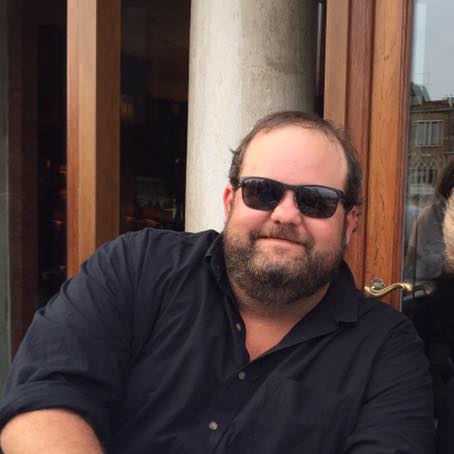
Hugh Scott is the Syndication Editor for CinemaBlend. Before CinemaBlend, he was the managing editor for Suggest.com and Gossipcop.com, covering celebrity news and debunking false gossip. He has been in the publishing industry for almost two decades, covering pop culture – movies and TV shows, especially – with a keen interest and love for Gen X culture, the older influences on it, and what it has since inspired. He graduated from Boston University with a degree in Political Science but cured himself of the desire to be a politician almost immediately after graduation.
